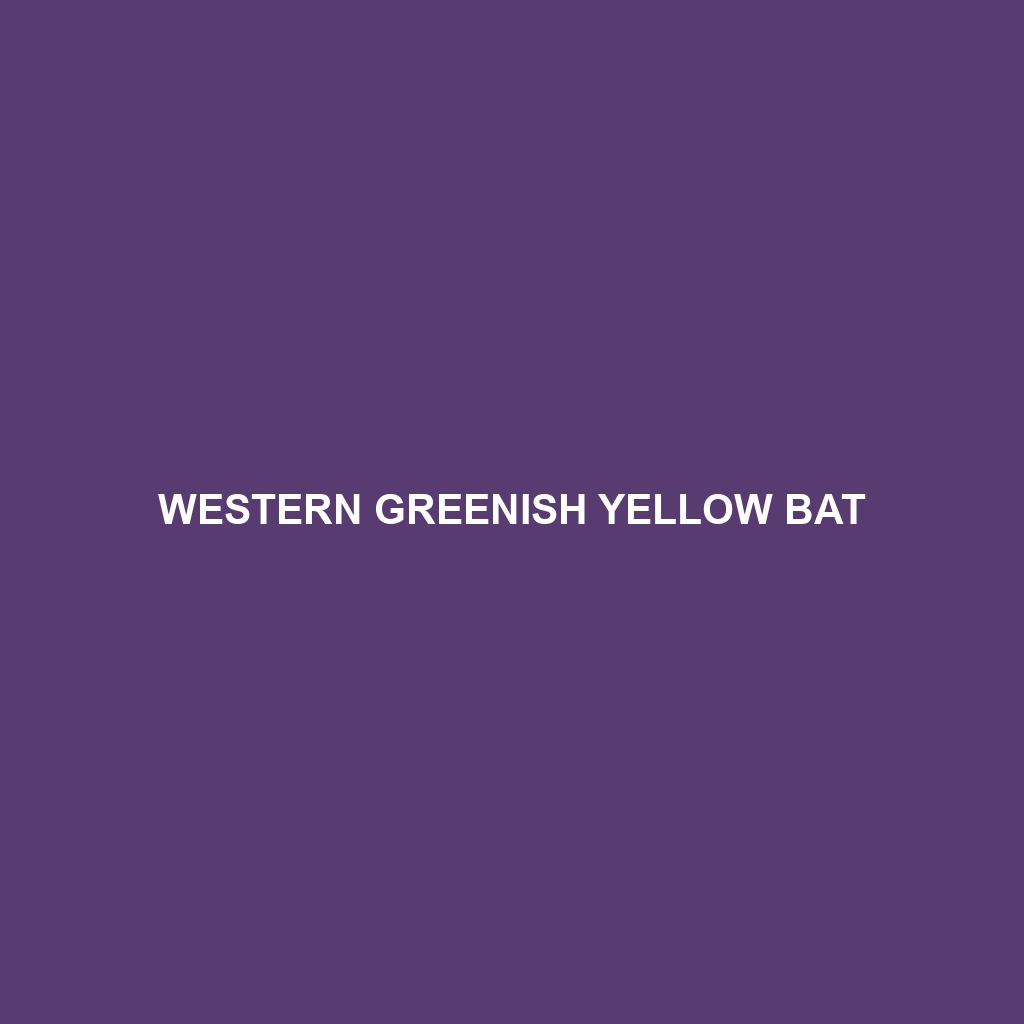<p><b>Sistrurus tergeminus</b>, or the eastern massasauga rattlesnake, is a small, nocturnal pit viper native to the temperate forests and wetlands of the North American Midwest. Characterized by its distinctive gray to brown coloration and rattle, this species plays a crucial role in its ecosystem by controlling rodent populations and serves as an indicator of environmental health.</p>
Tag: North American Wildlife
Sistrurus tergeminus
<p><b>Sistrurus tergeminus</b>, or the eastern massasauga rattlesnake, is a small, nocturnal pit viper native to the temperate forests and wetlands of the North American Midwest. Characterized by its distinctive gray to brown coloration and rattle, this species plays a crucial role in its ecosystem by controlling rodent populations and serves as an indicator of environmental health.</p>
Plestiodon marginatus
<p><b>Plestiodon marginatus</b>, commonly known as the Great Plains Skink, is a diurnal insectivore found in the grasslands of North America, characterized by its slender body, smooth scales, and distinctive coloration. This adaptable species plays a vital role in its ecosystem by regulating insect populations and serving as prey for larger predators.</p> </div>
Nerodia sipedon
<p>Discover the <b>Northern Watersnake</b> (<i>Nerodia sipedon</i>), a medium-sized aquatic snake found in North America's rivers, marshes, and ponds. Known for its variable coloration and exceptional swimming abilities, it plays a vital role in controlling fish and amphibian populations while thriving in diverse aquatic habitats.</p>
Nerodia paucimaculata
Discover the Nerodia paucimaculata, or few-spotted water snake, a semi-aquatic species found in freshwater habitats across North America, characterized by its 2 to 4-foot length, dark brown to greyish scales adorned with lighter spots, and unique hunting techniques utilizing stealth and ambush tactics. As a vital predator in its ecosystem, it contributes to a balanced aquatic environment while adapting flexibly to seasonal dietary variations.
Kinosternon subrubrum
Discover the Eastern Mud Turtle (Kinosternon subrubrum), a nocturnal omnivore found in eastern North America, thriving in temperate forests, wetlands, and shallow freshwater bodies. With a distinctive mottled shell and the ability to bury in mud for protection, this turtle plays a crucial role in maintaining ecological balance in its habitat.
Isopachys borealis
<p><b>Isopachys borealis</b> is a nocturnal omnivore found in temperate forests and rainforests of North America and Europe, known for its unique color-changing abilities and slender, elongated body measuring 4-6 inches. This species plays a vital role in its ecosystem through seed dispersal, nutrient cycling, and as an indicator of forest health.</p>
Chamaelycus fasciatus
Discover the vibrant Chamaelycus fasciatus, a medium-sized species found in North America's temperate forests, characterized by its striking emerald green and deep brown coloration, fascinating behaviors, and essential role in maintaining ecological balance through its diverse diet and seed dispersal. With a vulnerable conservation status, this species highlights the importance of habitat preservation efforts.
Hartebeest
Explore the fascinating world of the Pronghorn, North America's fastest land mammal, known for its remarkable speed and unique adaptations. This blog post delves into their habitat, social behaviors, diet, and reproductive patterns, along with conservation efforts aimed at preserving their population. Discover how these striking creatures play a crucial role in their ecosystem while thriving in the grasslands and deserts of the West.
Western Greenish Yellow Bat
Discover the fascinating world of the Western Greenish Yellow Bat, a unique species thriving across western North America. With their distinctive olive-green and yellow fur, these nocturnal creatures play a crucial role in controlling insect populations and maintaining ecological balance. Learn about their habitat, intriguing behaviors, and the conservation efforts aimed at protecting these vulnerable bats from habitat loss.









